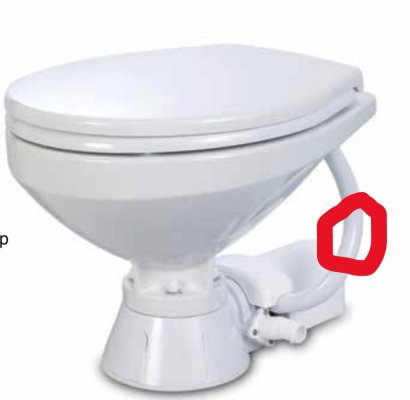Happy New Year! My wife's new year resolution was to get me to fix the head smell on my 1978 GB42. We have two Jabsco electric heads fed by salt water in Fl and its simply amazing how beautiful they smell after sitting for a few weeks.
So, a couple of questions... The manual on the Jabsco 37010- 1090 states that a backflow is integrated into the pump. However, I would like to see if anyone else trusts this statement or has had experiences (good or bad) w converting to fresh water.
Also, on my GB42 does anyone have an idea how to tap into the fresh water supply on the boat as the hoses seem to be PEX like black plastic but worried that I wont be able to splice into the fresh water system w/out a leak
thanks so much
David
So, a couple of questions... The manual on the Jabsco 37010- 1090 states that a backflow is integrated into the pump. However, I would like to see if anyone else trusts this statement or has had experiences (good or bad) w converting to fresh water.
Also, on my GB42 does anyone have an idea how to tap into the fresh water supply on the boat as the hoses seem to be PEX like black plastic but worried that I wont be able to splice into the fresh water system w/out a leak
thanks so much
David

